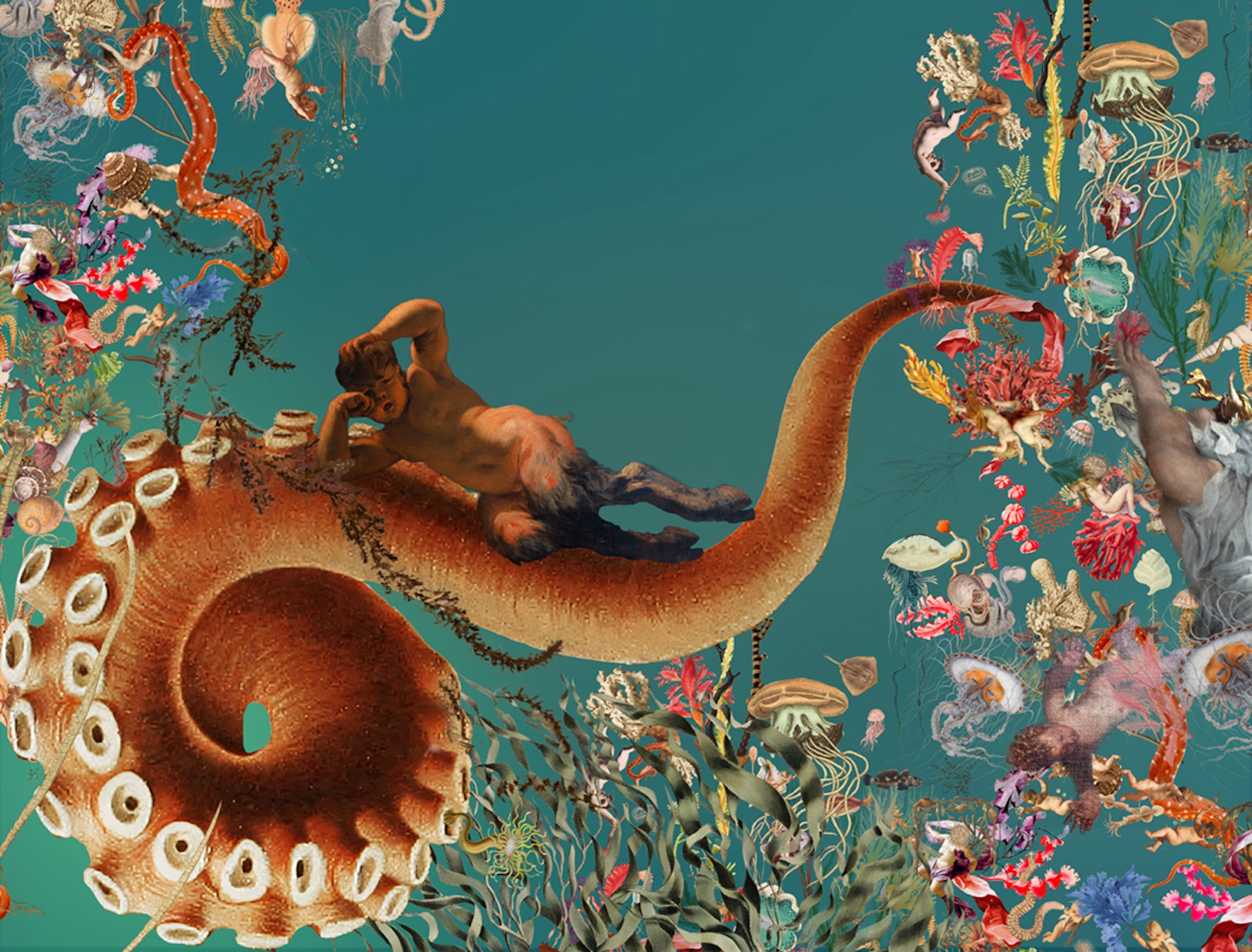Lee. This exhibition explores the complex relationship between Venice and the sea, delving into both historical and contemporary themes. Venice, known for its enchanting canals and magnificent architecture, has long been intertwined with the sea. It is a city built on water, relying on the sea for transportation, trade, and even its very existence.
To understand the significance of this exhibition, we must first journey back in time. Venice, once a powerful maritime republic, reached its zenith during the Middle Ages and the Renaissance. Its strategic location in the Adriatic Sea allowed it to flourish as a center of trade and cultural exchange. However, this prosperity came at a cost. Venice’s constant battle with the sea led to the development of innovative engineering marvels, such as the construction of wooden foundations and the implementation of an intricate canal system.
The exhibition takes inspiration from one of Venice’s most renowned and controversial traditions – the Marriage of the Sea. This ritual, originating in the 9th century, symbolized the city’s symbiotic relationship with the sea. Each year, on Ascension Day, the Doge of Venice and other officials would board a ceremonial boat, adorned with grand decorations and offerings, and sail to the mouth of the Adriatic Sea. There, they would cast a golden ring into the water, affirming Venice’s eternal union with the sea.
However, as time passed, Venice’s relationship with the sea became increasingly strained. Rising sea levels, caused by climate change and human interference, led to the deterioration of the city’s fragile foundations. The phenomenon of acqua alta, or high water, became a constant reminder of the existential threat facing Venice. This exhibition aims to provoke dialogue on the impact of climate change on this iconic city, exploring the fragile balance between human intervention and nature’s enduring power.
Through his art, Austin Lee invites us to reflect on the complex issues surrounding Venice’s relationship with the sea. His vibrant and expressive paintings depict the city and its inhabitants in a surreal and thought-provoking manner. Lee’s work serves as a visual commentary on the dichotomy between the enchanting beauty of Venice and the environmental challenges it faces.
Marriage of the Sea (the Rape of Venice) stands as a powerful testament to the resilience of this remarkable city and a call to action for the preservation of its delicate ecosystem. As we celebrate the 60th Edition of the Venice Biennale, let us remember the indissoluble bond between Venice and the sea, and the urgent need to protect and sustain this extraordinary place for future generations.

